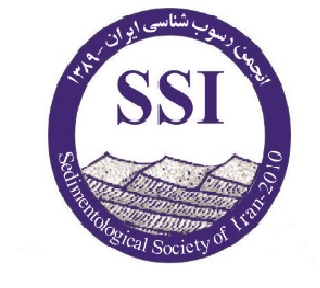Impact of Biotite alteration on the average anisotropy of magnetic susceptibility in the Boroujerd plutonic complex.
Subject Areas :
Keywords: Average Anisotropy of Magnetic susceptibility (Km) AMS alteration of Biotite Boroujerd plutonic complex. ,
Abstract :
Boroujerd plutonic complex is one the deep and large complexes located in the structural zone of Sanandaj – Sirjan in west of Iran. It is mainly composed of granodiorite which are accompanied with small quartzdiorite and monzogranitie stocks. Average magnetic anisotropy parameters were studied by using AMS studies. Anisotropy of Magnetic susceptibility data analysis on 95 stations of the Boroujerd region Rocks was compared by means of Biotite alteration. The average magnitude of magnetic susceptibility is between 14 and 921 µSI. The results show that the relation between alteration of Biotite and Km parameter is inverse. It means that, wherever in Boroujerd granotoid complex the intensity of alteration of mineral Biotite is high, the amount of Km parameter decreases. Finally considering the Km data classification results determines that Boroujerd plutonic complex are paramagnetic rock. Also according to previous studies, we can say that the range of values of the average anisotropy of magnetic sensibility in Northern Sanandaj – Sirjan zone is 200 µSI, so all Granitoid complexes in the Northern Sanandaj – Sirjan zone are Paramagnetism. Finally we can say that all Granitoid complexes set in the Northern Sanandaj – Sirjan zone, there are an inverse between the amount of Biotite alteration with anisotropy of magnetic sensibility. In other words, anywhere all Granitoid complexes are located in the Northern Sanandaj – Sirjan zone, if Biotite alteration is increased anisotropy of magnetic sensibility is reduced.
